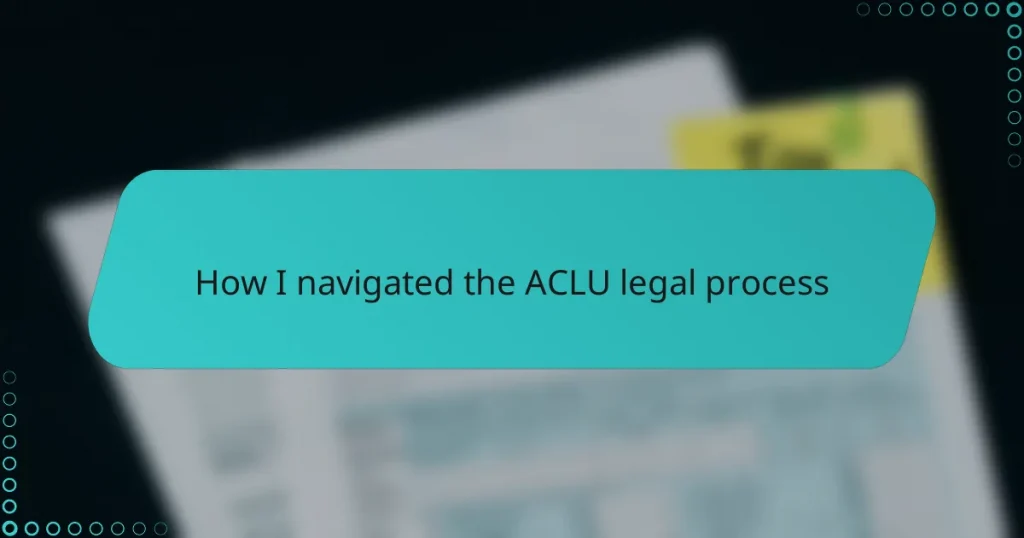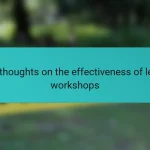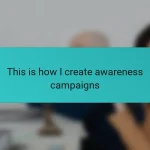Key takeaways
- Legal advocacy combines strategy, persistence, and empathy to amplify the voices of those seeking justice.
- Engaging with organizations like the ACLU involves careful preparation, clear communication, and proactive participation to navigate complex legal processes.
- Overcoming challenges requires resilience, patience, and the ability to transform confusion into understanding through collaboration with legal advocates.
- The importance of empathy is emphasized, as genuine connection contributes significantly to the advocacy experience and helps maintain motivation throughout the process.
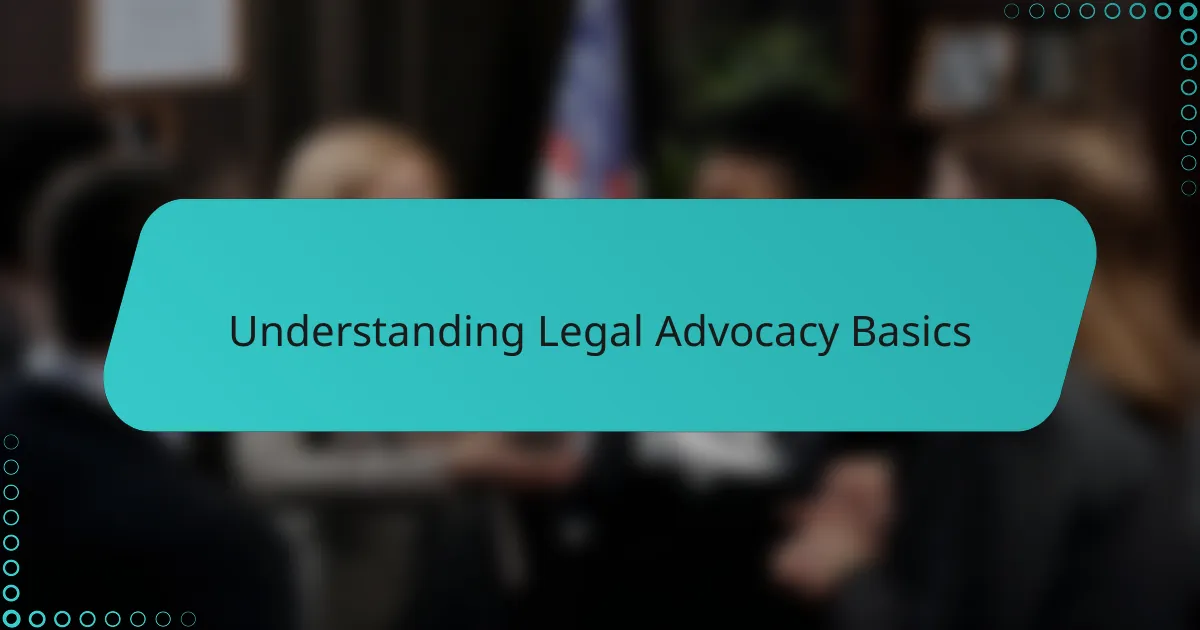
Understanding Legal Advocacy Basics
Legal advocacy, to me, always felt like stepping into a complex maze without a clear map. It’s about more than just knowing the law; it’s about using that knowledge to give voice to those who might otherwise go unheard. Have you ever wondered how one starts to make a real difference within such a vast system?
What really struck me was understanding that legal advocacy is a mix of strategy, persistence, and empathy. It’s not just about winning a case, but about pushing for justice in a way that respects the human experience behind every legal battle. This perspective helped me stay motivated even when the process felt overwhelming.
At its core, legal advocacy involves identifying issues, gathering support, and navigating the intricate procedures that can make or break a case. I came to appreciate how patience and clear communication are just as crucial as legal expertise. Without those, even the strongest arguments might never reach the right ears.
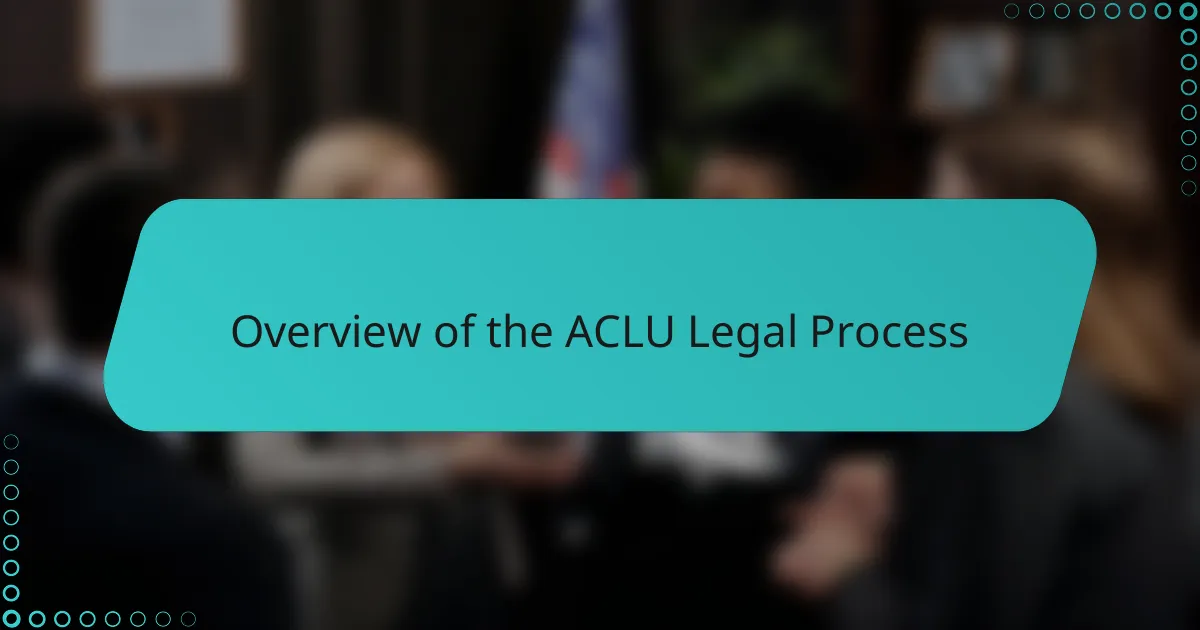
Overview of the ACLU Legal Process
The ACLU legal process, from what I experienced, felt like stepping into a well-structured yet demanding journey. It begins with a detailed intake, where every fact and feeling about the issue is carefully gathered—almost like piecing together a story that needs to be told. Have you ever noticed how powerful it is when someone listens closely and takes your concerns seriously? That initial step really set the tone for my involvement.
Next comes the strategic evaluation, where the ACLU decides how best to use its resources. I found this phase particularly eye-opening because it showed me how thoughtful and deliberate legal advocacy must be. It’s not just about taking every case; it’s about choosing battles that can create lasting change. That made me reflect on the bigger picture—what impact could this fight have beyond just my own situation?
Finally, the process moves into the heart of legal action, which can include negotiations, filings, and sometimes even courtroom battles. This is where patience and resilience are truly tested. I remembered feeling a mix of hope and anxiety, wondering if all the effort would lead to justice. But knowing the ACLU was in my corner gave me a quiet confidence to keep going, even when the road seemed long.

Preparing for ACLU Legal Assistance
Getting ready for ACLU legal assistance felt like gearing up for an important conversation where every detail mattered. I remember jotting down timelines, gathering documents, and trying to organize my thoughts clearly—because I quickly realized that clarity could make all the difference.
Have you ever struggled to explain your situation without feeling overwhelmed? That was me. I found that breaking down my story into key points helped me communicate effectively, which seemed crucial when the ACLU team needed to understand both the facts and the emotions behind my case.
Preparing also meant managing my expectations—knowing that the process could be slow and sometimes frustrating. Still, I held on to the belief that being thorough and honest upfront would build the foundation for strong legal advocacy. Looking back, that preparation gave me a sense of control in an otherwise uncertain journey.
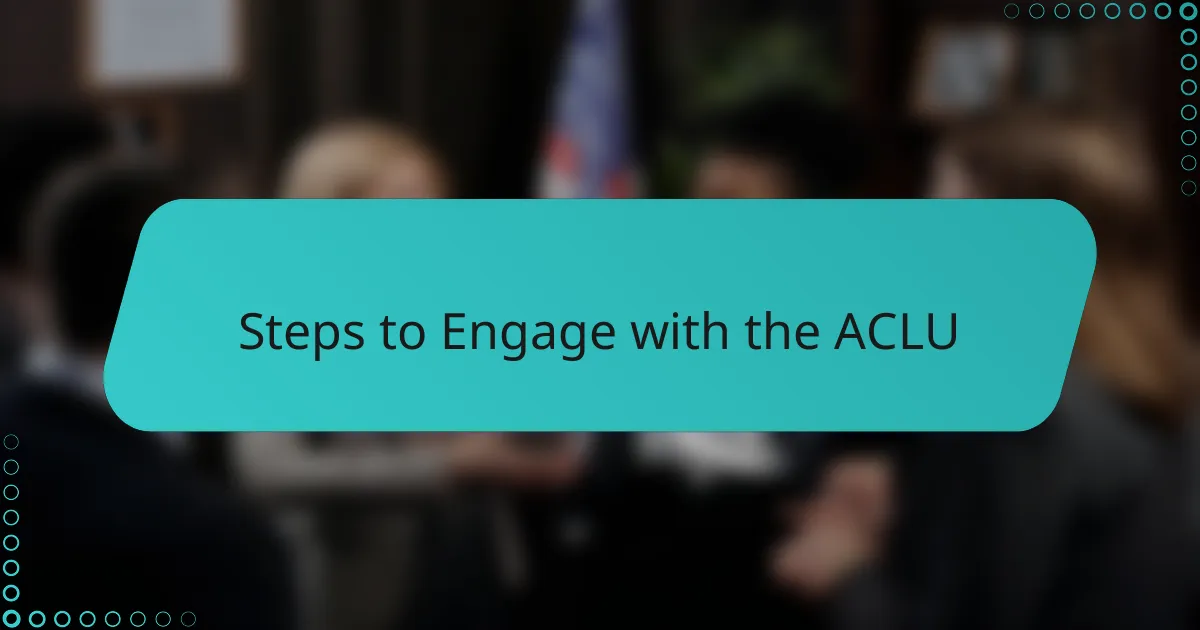
Steps to Engage with the ACLU
Engaging with the ACLU began with reaching out through their intake form, which I found surprisingly straightforward yet deeply inviting. Have you ever hesitated to share your story, unsure if it mattered? That’s exactly how I felt, but the careful questions made me realize my experience was not just valid—it was important.
Once I submitted my information, the waiting period felt like a test of patience. I wondered, would my case really stand out among so many others? But when I finally heard from an ACLU representative, the sense of being heard and understood was genuinely reassuring, making all the uncertainty worthwhile.
From there, the next step was a conversation—an honest and detailed discussion about the facts, impacts, and goals of my case. I learned how crucial clear communication is, not just to convey my side but to help the advocates frame the legal strategy. It felt like being part of a team where my voice mattered every step of the way.

Managing Documentation and Communication
Keeping track of every document felt overwhelming at times, but I quickly realized that organization was my strongest ally. Did I double-check every file? Absolutely. That attention to detail made me feel like I was building a sturdy bridge between my story and the legal team’s strategy.
Communicating with the ACLU required patience and clarity. I asked myself, how do I make sure my message isn’t lost in legal jargon? By staying honest and straightforward, I found the conversations easier—and the advocates more receptive to my concerns.
There were moments when I hesitated to follow up, worried it might seem impatient. But I learned that timely communication isn’t just allowed—it’s necessary. Keeping an open line helped me stay informed and confident that my case was moving forward.
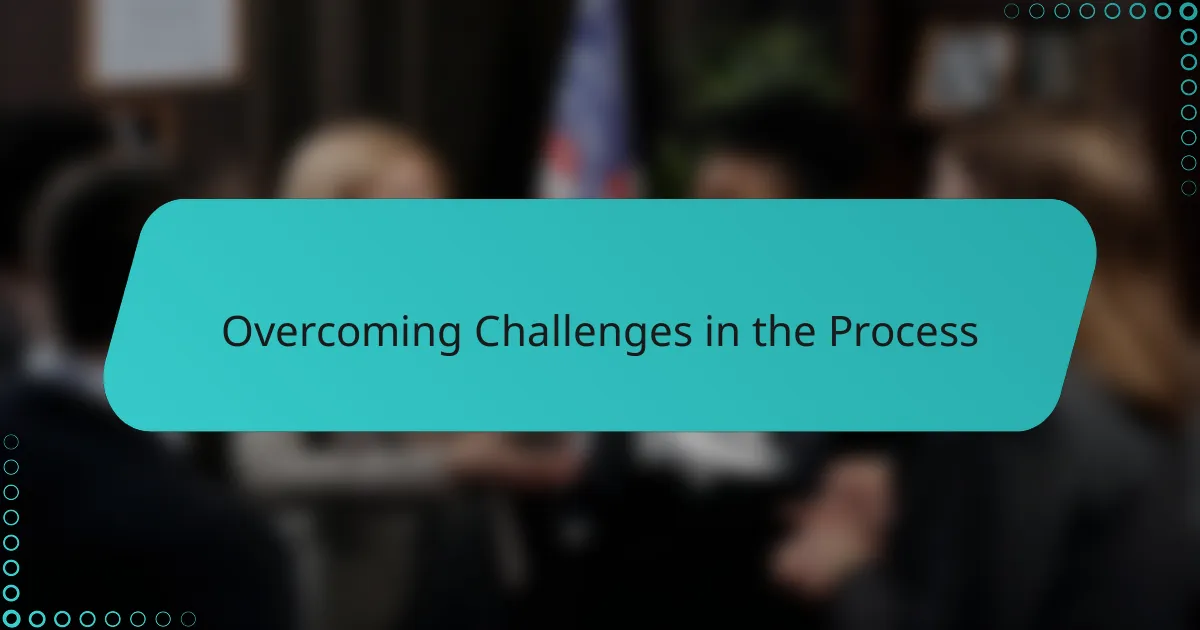
Overcoming Challenges in the Process
Overcoming challenges in the ACLU legal process tested my patience more than anything else. There were moments when progress seemed stalled, and I wondered if my persistence was enough. Yet, pushing through those doubts taught me that resilience isn’t just a buzzword—it’s essential in advocacy.
One tricky hurdle was navigating the legal language and procedures, which often felt like decoding a foreign script. Did I ever feel overwhelmed? Absolutely. But by asking questions and seeking clarity, I gradually transformed confusion into confidence. That shift made a world of difference in how I engaged with the process.
Sometimes, emotional fatigue threatened to derail my efforts. How do you stay motivated when justice feels distant? For me, it was remembering why I started and leaning on the support of the ACLU team. Their encouragement turned uncertainty into renewed determination, proving that overcoming challenges is truly a shared journey.

Lessons Learned from the ACLU Experience
One lesson that really stood out to me was the importance of patience. At times, the process felt painfully slow, and I questioned if my efforts were making any difference. Yet, looking back, I realize that every step, no matter how small, was laying the groundwork for broader change—something I didn’t appreciate until I was well into the journey.
I also learned how crucial it is to be proactive without losing sight of the bigger picture. There were moments I worried about being a bother when following up, but speaking up actually kept the lines of communication open and helped me stay connected. It taught me that advocacy isn’t passive; it requires active participation and trust in the process.
Finally, what struck me most was how much empathy matters. The ACLU team didn’t just treat my case as a file—they genuinely listened and acknowledged my experience. That human connection made the legal maze feel less intimidating and reminded me that at the heart of advocacy, there’s always a shared commitment to dignity and justice.
